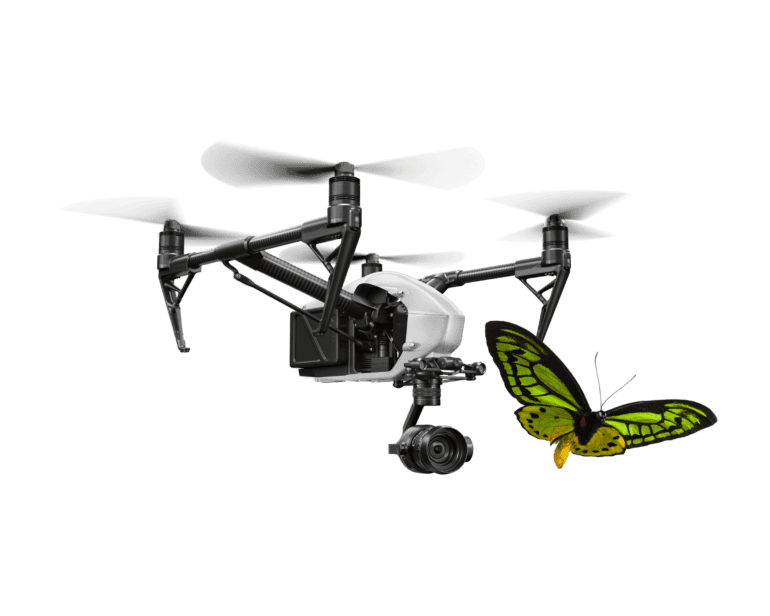- Opteran pioneers “Natural Intelligence,” inspired by insect brainstems.
- The company reverse-engineers biological systems onto silicon, enabling machines to see, sense, navigate, and make decisions.
- Opteran challenges the prevailing belief that more data and computing power are the solution to autonomy challenges, advocating for brain biomimicry instead.
- Its technology, implemented in robotic dogs, drones, and ground-based robots, offers cost-effective solutions for navigating dynamic environments.
- Opteran’s partnership with SAFELOG signifies commercial traction, with its Mind software set to revolutionize autonomous mobile robots in warehouses.
- The company’s technology finds applications in various industries, from aerial inspection to automotive, promising enhanced functionalities and cost savings.
- Opteran’s roadmap includes further advancements in decision-making capabilities and addressing abstract concepts like gravity.
Main AI News:
In the bustling landscape of artificial intelligence (AI) startups, where the buzz often centers around generative AI, one company stands out with a truly groundbreaking approach. Opteran, a UK-based startup, is rewriting the AI playbook by drawing inspiration from an unexpected source: the brains of insects.
Founded on a decade of research into insect brainstems, Opteran has pioneered a novel approach to AI, which it dubs “Natural Intelligence.” This innovative paradigm shift is the brainchild of David Rajan, Opteran’s CEO, who believes that nature holds the key to solving the complex challenges facing autonomous systems.
Rajan’s inspiration stems from the realization that billions of years of evolution have endowed biological systems with unparalleled autonomy and adaptability. As he eloquently puts it, “Nature has already solved autonomy.” Instead of attempting to reinvent the wheel, Opteran seeks to reverse-engineer the innate intelligence found in biological organisms and translate it into silicon.
The genesis of Opteran traces back to the European Union’s ambitious Human Brain Project, where a chance encounter led to a radical idea. James, one of Opteran’s founders, proposed shifting the focus from mapping the intricacies of the human brain to studying simpler, yet equally remarkable, neural architectures found in insects. This marked the beginning of Opteran’s journey into the realm of “brain biomimicry.”
At its core, Opteran’s Natural Intelligence represents a paradigm shift in AI, challenging the prevailing notion that more data and computing power are the panacea for autonomy challenges. Instead of amassing vast troves of data and relying on complex algorithms, Opteran embraces the elegance of nature’s design.
Unlike industry giants such as NVIDIA, Opteran takes a minimalist approach. With just one system and a singular software product, Opteran leverages its proprietary algorithms, reverse-engineered from biological brains, to imbue machines with innate intelligence. This ethos of simplicity and efficiency sets Opteran apart in an industry dominated by sprawling data centers and complex computing infrastructure.
The real-world applications of Opteran’s technology are as diverse as they are impactful. From robotic dogs to drones and ground-based robots, Opteran’s algorithms enable machines to navigate and operate seamlessly in dynamic environments. By harnessing the power of low-cost cameras and silicon, Opteran offers a cost-effective alternative to traditional autonomy systems, with estimates suggesting potential savings of thousands of dollars per setup.
One of Opteran’s most significant breakthroughs lies in its partnership with SAFELOG, a German manufacturer of autonomous mobile robots (AMRs). By integrating Opteran’s Mind software into its AMRs, SAFELOG aims to overcome the inherent limitations of existing autonomy systems in warehouse environments. Opteran’s edge-only approach, powered by visual navigation, promises to revolutionize the way AMRs operate, reducing costs and improving efficiency.
Beyond warehouses, Opteran’s technology holds immense promise in industries ranging from aerial inspection to automotive. By leveraging low-cost cameras and existing hardware, Opteran enables advanced functionalities such as near-field vision and autonomous valet parking, without the need for expensive sensor arrays.
Looking ahead, Opteran’s roadmap is filled with ambitious goals. From enhancing decision-making capabilities to tackling abstract concepts like gravity, the company is committed to pushing the boundaries of Natural Intelligence. As Rajan aptly puts it, “Nature is innately adaptable.” By emulating nature’s blueprint, Opteran aims to usher in a new era of AI—one where machines possess the intelligence and adaptability of their biological counterparts.
Conclusion:
Opteran’s innovative approach to AI, drawing inspiration from nature, signifies a paradigm shift in the market. By prioritizing simplicity and efficiency over data-centric models, Opteran has demonstrated its ability to solve complex autonomy challenges across industries. The company’s commercial partnerships and ambitious roadmap underscore its potential to reshape the AI landscape, offering cost-effective solutions that leverage the innate intelligence found in biological systems. As the market evolves, Opteran stands poised to lead the charge, bridging the gap between biology and technology with its pioneering Natural Intelligence platform.

